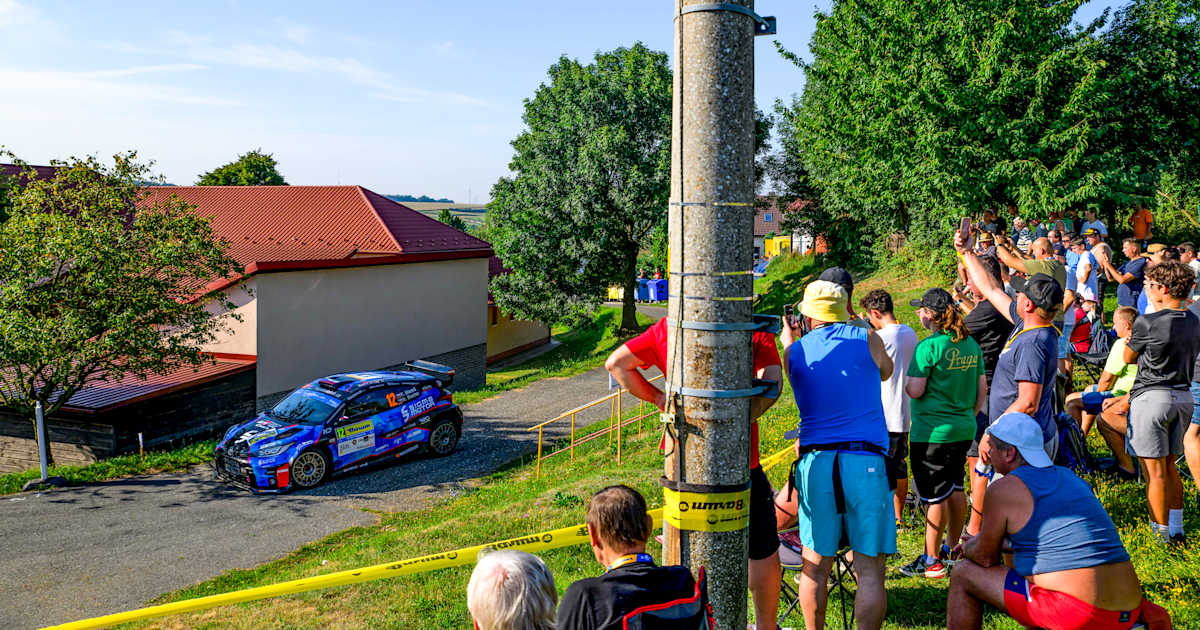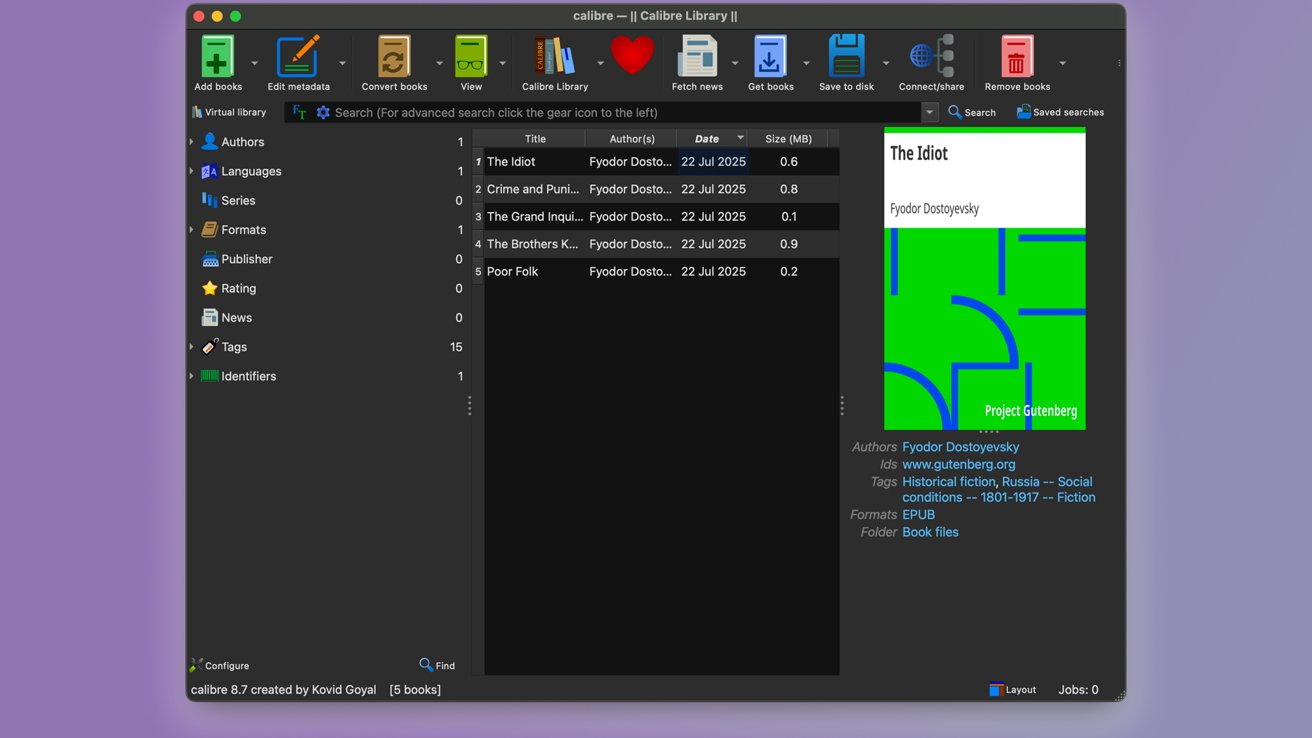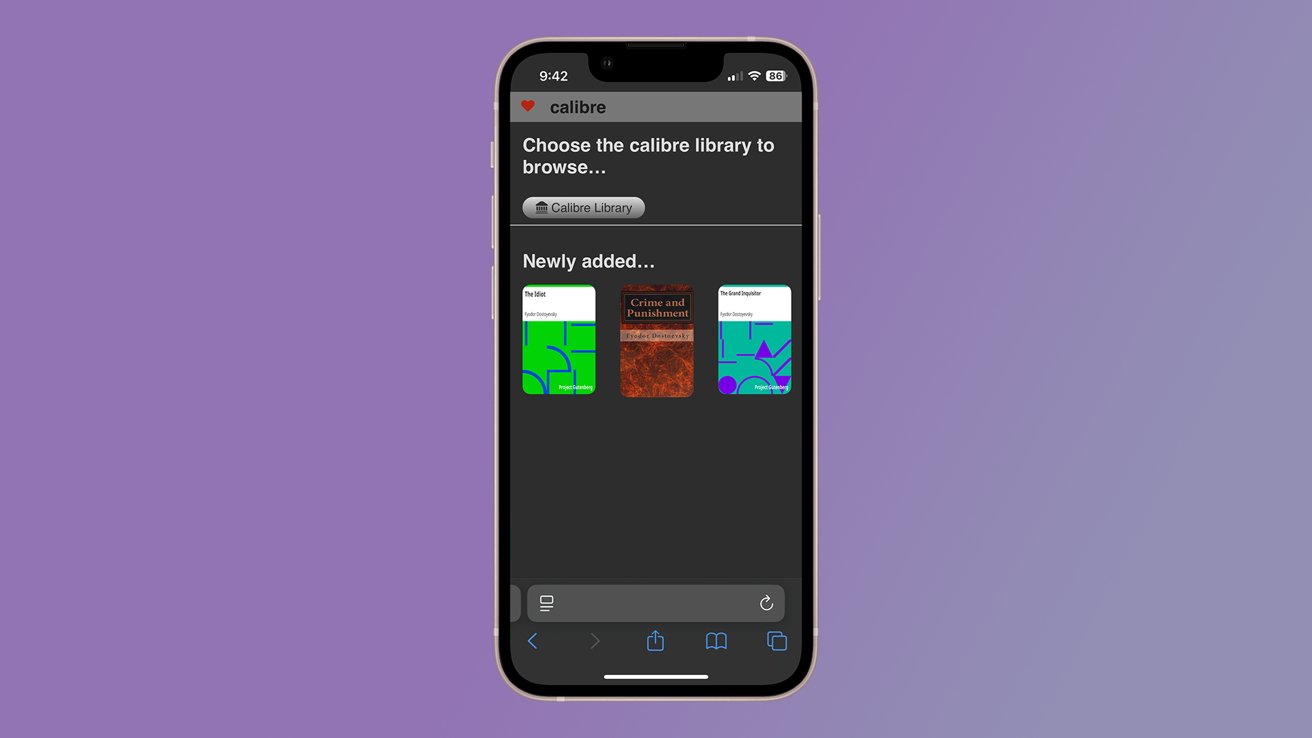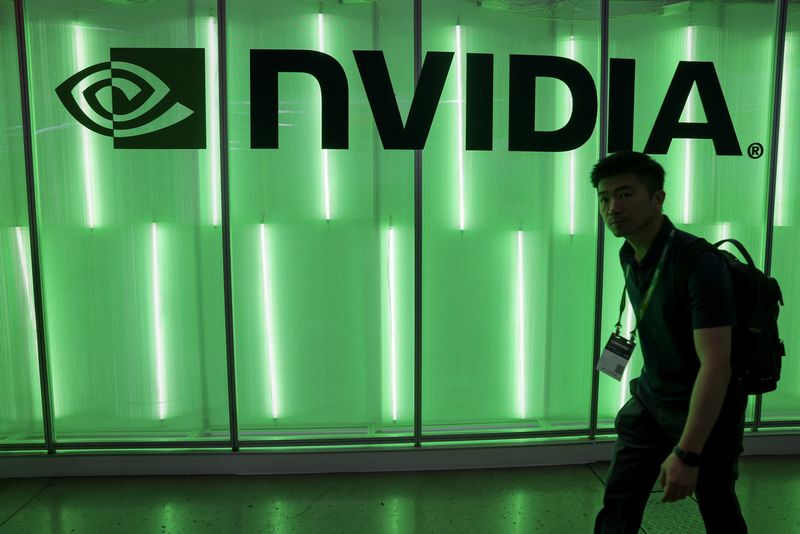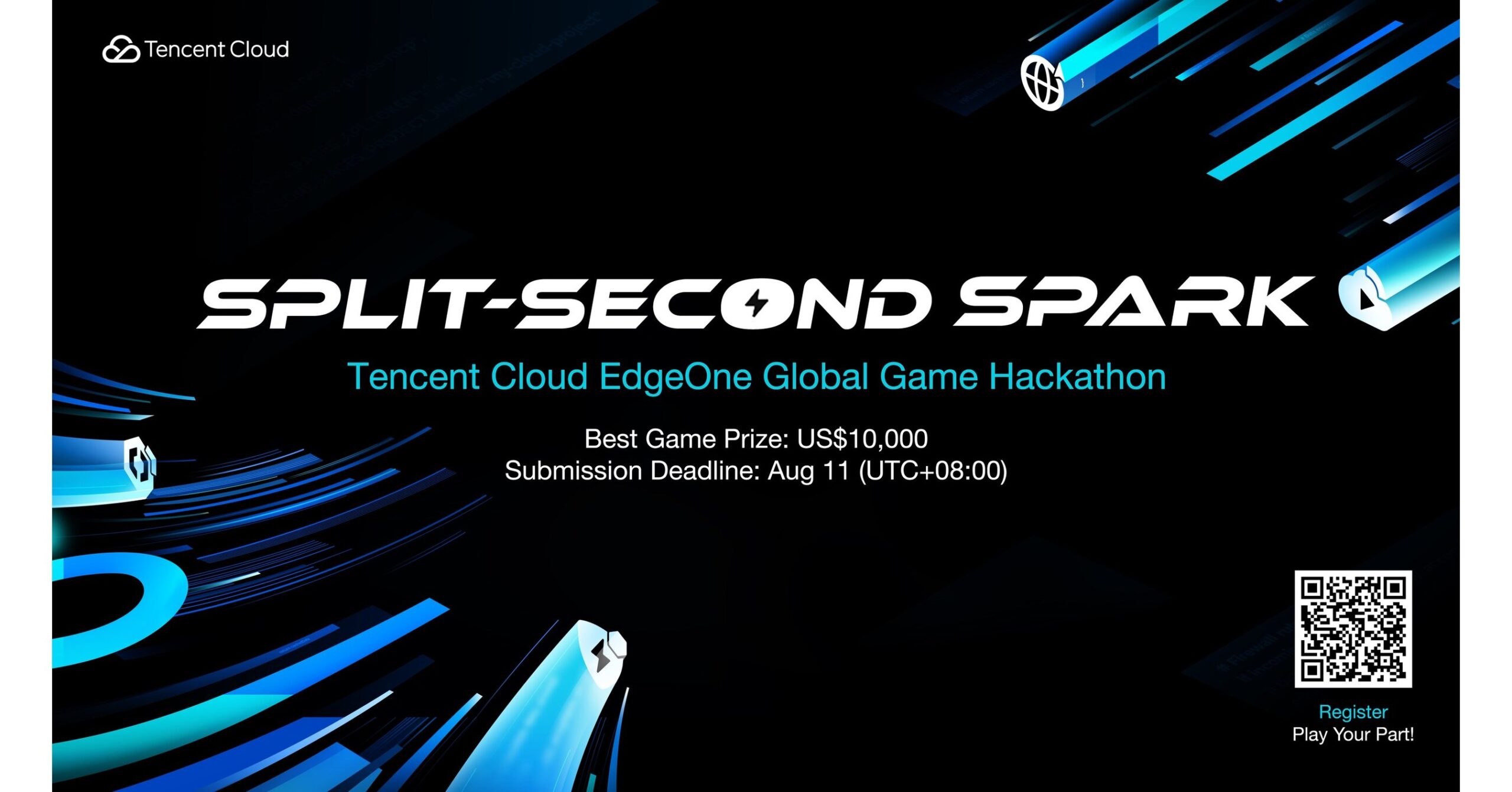Measuring 7.61 kilometres in length, the Komárov test dwarfs BAUHAUS Royal Rally of Scandinavia’s Qualifying Stage, previously the ERC’s longest of 2025 at 6.70 kilometres.
New rules for this season require the Qualifying Stage to run for a minimum distance of 6.0 kilometres to give more importance to this crucial element of an ERC event, particularly in light of the extremely close competition on show.
Getting under way at 09:31 local time on Friday 15 August, Barum Czech Rally Zlín’s Qualifying Stage covers what organisers have described as a “legendary section from Komárov to Pohořelice” last used four years ago.
Barum Czech Rally Zlín organising committee chair Miloslav Regner explained: “We are returning to the classic Komárov stage with the traditional spectator spot on the village square in Pohořelice. The reason for the new FIA regulation regarding the length of the qualification is so that the drivers have a chance to correct any mistakes and are not disadvantaged when determining the starting order by this special stage. With a length of almost eight kilometres, this is a full-fledged special stage with a number of nice spectator spots to watch the passing of the competition cars.”
Barum Czech Rally Zlín’s Qualifying Stage is a season-best 7.61 kilometres
© ERC
Who will shoot and score on Barum Czech Rally Zlin’s Qualifying Stage?
Barum Czech Rally Zlín’s Qualifying Stage begins with “a climb that combines technical section with fast bends”, runs near a shooting range and finishes close to a football pitch.
A stage description from the event organisers reads: “The start of the Qualifying Stage is behind the turnoff from the main road between Napajedla and Topolná. In the opening meters, there is a climb that combines technical section with fast bends. After passing through the village of Komárov, the crews are experiencing a fast descent on high-quality asphalt with lots of corners. This is followed by an interesting passage in the forest area, varied with a number of demanding turns and hairpins near the Hájenka recreation center and the local shooting range. After passing another climb, there is a fast descent and difficult turns around the Leopoldov farm. Immediately after arriving in the village of Pohořelice, there is a new section on a purpose-built road between houses, followed by a difficult junction over the edge between houses, a narrow passage through the village and a series of bends in a spectator area on the village square, including a right hairpin. The finish line is located in the left turn, the stop point is about two hundred meters away by the football field”.

The BAUHAUS Royal Rally Qualifying Stage was previously the longest
© ERC
ERC Qualifying Stage lengths in 2025
42nd Rally Sierra Morena – Córdoba Patrimonio de la Humanidad: 6.16 kilometres
ERC Staff House Rally Hungary: 6.00 kilometres
BAUHAUS Royal Rally of Scandinavia: 6.70 kilometres
ORLEN OIL 81st Rally Poland: 6.30 kilometres
Rally di Roma Capitale: 6.45 kilometres
